Down the awa: How Taniwha made its way to the stage
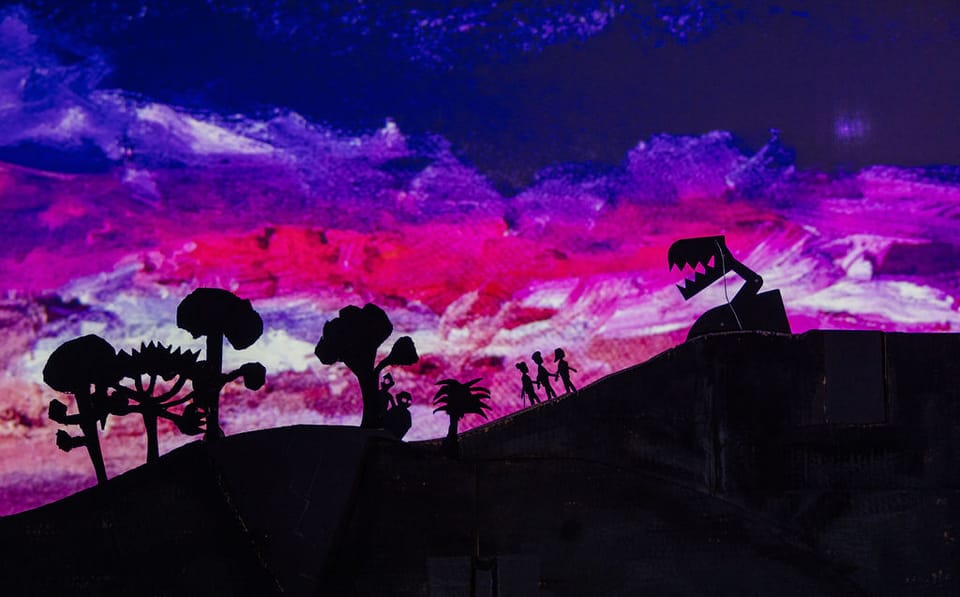
No show is an island, existing alone in its own ocean. Every production exists in the legacy of another one, whether it be a continuation of collaboration or another iteration of a familiar process. However, it’s rare that the relationship between shows is as clear as the one between Taniwha and an earlier Silo Theatre show, Peter and The Wolf.
Silo’s 2017 adaptation of Sergei Prokofiev’s beloved musical fairy tale that has introduced generations of children to classical music. That show, created by Silo Theatre Artistic Director Sophie Roberts and composer Leon Radojkovic (Dalmatian/Ngāpuhi/Pakeha), features similar elements to Taniwha: puppetry, live music, innovation projection and a rotating guest narrator.
The show was a hit with audiences, touring nationally and internationally, and also with critics. “The magic of all of this is that it feels like the beginning of a journey that could continue in your dreams”, wrote Madeleine de Young for the Pantograph Punch. “It’s the sort of production where you want to gather up all the small people you know and take them along so that – now inspired – you can play at puppets and storytelling at home with old shoe boxes, paint and used toilet paper rolls.”
The team, which included Taniwha designers Jon Coddington, Rachel Marlow and Daniel Williams, loved what they’d found inside this process. While the scale of the show might’ve been physically small, what they achieved was massive. “We learned heaps that we wanted to take forward to another project,” says Roberts. “We wanted to create work for young audiences that holds the same artistic mana and professional rigour as work for adults and that’s how we approach making these shows. I do think about how for some kids this will be their first theatre experience and I want them to want to come back.”
Not long after that season Radojkovic approached Silo Theatre with the idea for Taniwha.
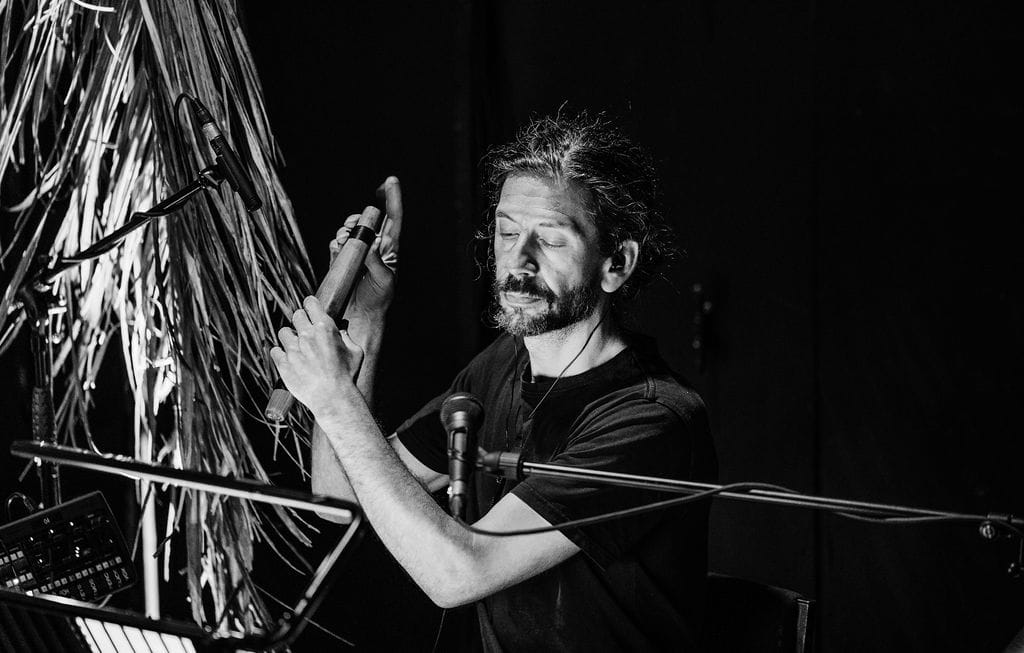
“Firstly, it seemed obvious to me that we should tell an original story, and one set here in Aotearoa,” Radojkovic says. “I had the germ of an idea that had been floating around in my head for about a decade, about a taniwha threatened by encroaching suburbia, and this seemed like a great opportunity to flesh it out, and actually write it.”
The big inspirations for him were the taniwha books that he’d read – and had read to him – as a child, including Taniwha by Robyn Kahukiwa, The Terrible Taniwha of Timberditch by Joy Cowley and The Waterfall by Jack Lasenby. Other inspiration came from his whanau land up north, classic 80s and 90s Hollywood adventure films, and the work of Hayao Miyazaki, which draw from both mythology and history, and are often imbued with a deep reverence for nature.
“For children, Taniwha is an adventure story,” says Radojkovic. “It’s about friendship. It’s about community and our relationship to the natural environment. It’s about co-operation and working together to solve problems that affect all of us.”
“I wanted to make a work that is welcoming to young people, whatever their background. One that invites anyone who lives here to connect with and feel connected to the land, the history and concepts from te ao Māori like taniwha in their own way. I think a sense of place, history and mythology is important in making everyday life that much more magical and wondrous.”
Roberts points out Radojkovic has worked to make the production super specific to New Zealand – every leaf and every bug has to be natural or indigenous to the location. “We want young audiences to see things from their environment as magical,” she says. “So when they go outside they experience that magic in a way that you don’t when you’re absorbing stories from these other places and cultures.”
The specificity of Taniwha makes it ideal for this design-led process – but what exactly does that mean, and what makes it different than a process to put on traditional play, a musical, or even other shows that are made for children?
For set designer Daniel Williams, it’s about approaching the story differently. “When you approach a play,” he says. “You think about where actors are going to live and move,” he says. “But in a design-led process, the visuals come first.”
A design-led process also means the designers are in conversation with the work as close to the beginning as possible. The show’s first workshop, following the initial draft but before the design team was involved, was just Radojkovic and Roberts in a room, with the latter serving as dramaturg, interrogating what was in the script and what would be needed for future drafts.
Radojkovic, a prolific and acclaimed composer, also brings those talents to the show and he was thinking musically about what quality he wanted to bring in from that viewpoint. From there, those references and conversations dictated some choices they made about the aesthetic. Roberts points to the amount of music that he has written. “It’s an hour of continuous composition, the longest he’s ever written. You could just listen to this sublime score, feel like you’re in a Miyazaki film and have a gorgeous time.”
“That was Leon bringing us into the world and into the references that are unique to him,” says Roberts.
From there, the designers came into the room.
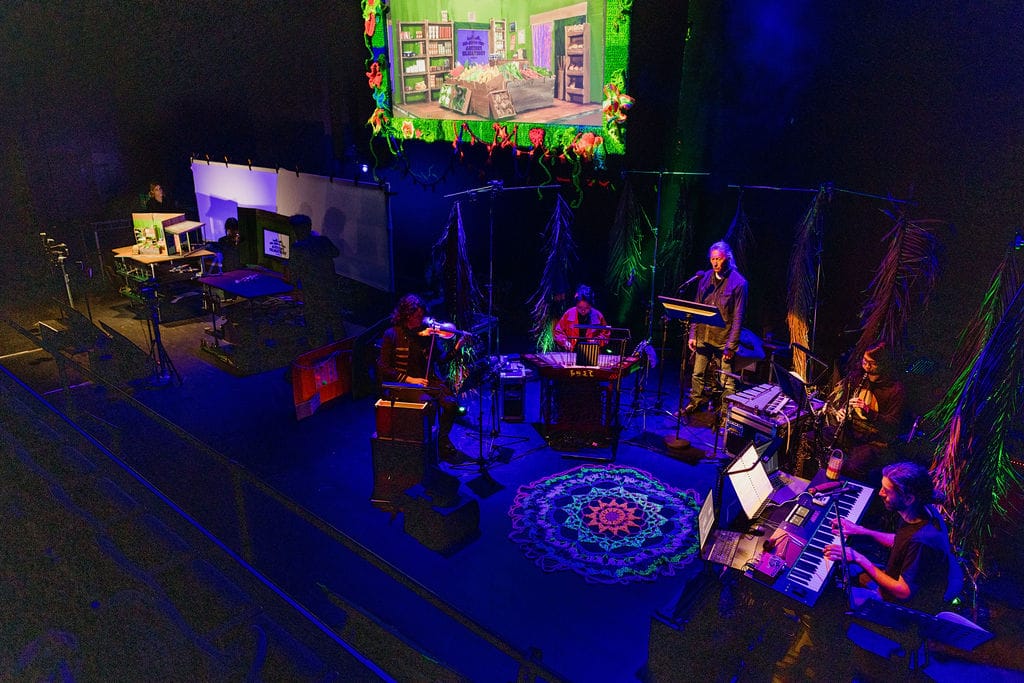
Lighting designer Rachel Marlow recalls the first workshop involving a lot of butcher’s paper on the wall – crucial to any theatre making process, really. “We went through the show part by part, shot by shot, looking at what would actually be in it,” she says. “We asked, ‘Okay, what would I do in that shot? What would I need to achieve in that shot? Once we had the dream list, we decided what was achievable.”
Puppet master Jon Coddington, had never experienced a story that was developed alongside the design; where the design feeds into the story rather than communicates it to an audience. “It gave us the opportunity to really input our wants and needs into the story and where we could facilitate in a way that helped our process,” he says. “In terms of puppetry, I could see how I wanted things to move, and I could feed into the story that way.”
“It’s also given us an opportunity to really show off!”
For the puppets, Coddington took a lot of inspiration from Māori karetao puppetry, Balinese and Indonesian shadow puppets, and very simple string-pulling puppetry. “They’re mechanical, but I tried to get away from the mechanism-esque look,” he says, speaking specifically about the puppets that make up the human characters, both adult and child.
“In terms of function, they have moving arms and legs, but are hooked up in a way that the arms and legs work together. As complex as they seem, they are quite simple.” Due to the “cast” of puppeteers being relatively small, Coddington has also made it so that every character can be operated by one-hand, so each puppeteer can do two characters.
“We’ve used these simple techniques and simple materials, so that everything in the show, a kid could see and be like, ‘I can make that at home!’”, says Coddington. “It’s so accessible – yet so elevated.”
“It’s about being able to bring design in and feedback into the essence of what the story is,” says Marlow. “In most processes, designers are really accommodating so will always say yes to what’s asked of them. This process let us know what we were able to do, and how that could change the story.”
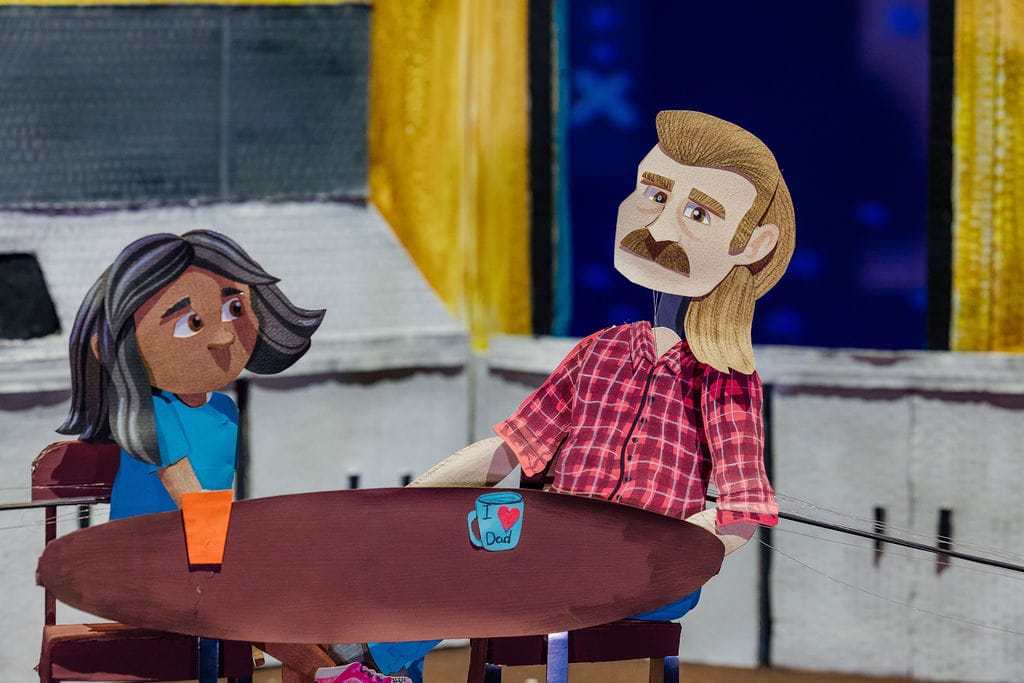
The next workshops involved bringing in a tremendous amount of material for the designers to absorb, and continued by opening up the process to other people. Lissy and Rudi Robinson-Cole, designers on the show, were introduced to the process, as was storyteller and orator Pita Turei, who is one of the narrators of the show.
Radojkovic considers the story important, but when it comes to props or sets or action – which in a so-called traditional play would be determined almost solely by the playwright – he considers it to be more along the lines of offers or provocations for the team. “It’s about trusting the designers and discovering things together in the development and rehearsal process.”
Thus, the story remains essential to a design-led process. It is the thing that underpins everything. Rather than directors, actors and a playwright finding their way through a text in a rehearsal room to get it ready for production, it is the designers who are in the rehearsal room workshopping their ideas.
Rather than most processes, which are either generative (making on the floor) or interpretative (rehearsing on the floor), this process is iterative. Coddington can construct a puppet, Williams can construct a piece of set, Marlow can light it, and these processes exist in conversation with each other rather than in competition with each other, as can happen in many theatre processes.
“Many hands have touched every single bit of the show,” says Williams. He points to Lissy and Rudi Robinson-Cole, whose iconic high-vis, woollen, aesthetic is woven into the show as well. “I’ll make something, then Lissy and Rudi will cover it in wool and colour, then Rachel goes and puts a light in it. The artworks are breathing because they’ve been created by many people.”
“It’s hard to tell where each of the roles end and begin,” says Coddington. “We’re all equally designing, making, writing and directing. It’s one of the more collaborative processes I’ve ever been involved in.”
This kind of process requires a different level of time and investment from the design team, and Roberts was conscious that everybody in the team had a collective authorship over the production. Therefore, the royalty fee is split between Leon and everybody else, to reflect the investment of ideas and time.
Roberts is most excited about the level of skill that all the artists – designers, puppeteers, and performers included – are bringing to the show. “When we first did Peter and the Wolf, I can reflect back on this group of artists and the amount of growth that has occurred for them. It’s so exciting and inspiring to see people operating at a level of excellence that makes me want to be better.”
“To be able to celebrate how brilliant they all are is very cool and very special.”
Williams is proud that they’ve achieved the vision they have set out to make, all those workshops ago, to make something that may seem small onstage, but is truly monumental. “It will feel like the 45 minutes will fly by so fast, but every single shot – and sometimes we’re just looking at something for three seconds – has taken at least a week of time to make.”
“It’s truly huge, detailed and beautiful. It’s a pop-up book come to life.”
This piece was commissioned by arrangement with Silo Theatre. Taniwha runs until July 13 at the Herald Theatre, Aotea Centre.
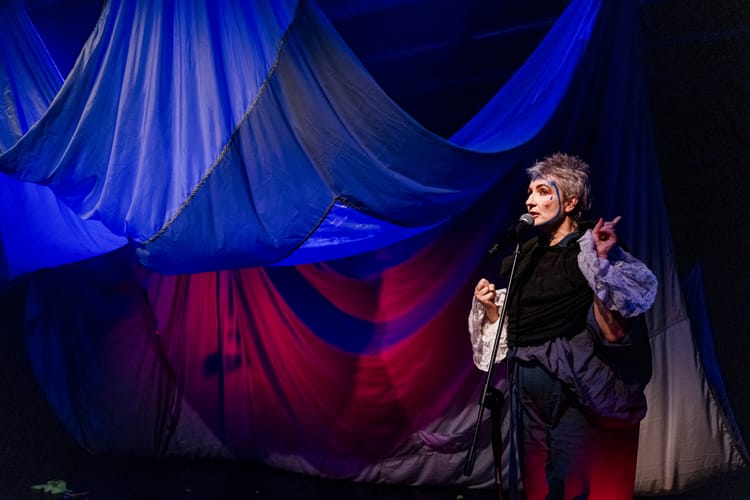

Member discussion